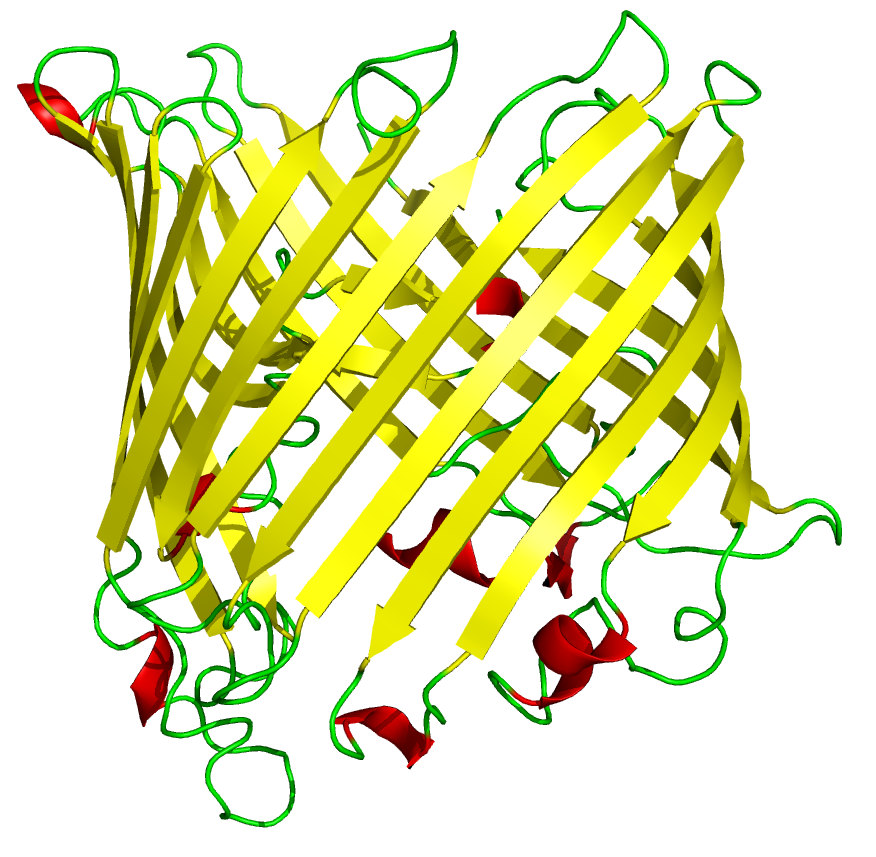- Joined
- Nov 15, 2014
- Messages
- 18
- Reaction score
- 1
Question is:
Chaperones assist in the formation of a protein's:
a) primary structure
b) secondary structure
c) tertiary structure
d) quaternary structure.
Answer is C), tertiary structure. Most relevant info in the passage states that chaperones are 'proteins that provide assistance in the folding process by stabilizing partially folded intermediates'.
Originally I chose B), but while I was doing the exam I was torn between b, c, and d because I thought all of these structures were produced by protein folding. The solution states that only the tertiary structure corresponds to 'protein folding'.
Is this true? Does the formation of alpha helices and B-pleated sheets (secondary structure) not count as protein folding? And what about quaternary structure? Is that not folding as well?
Thanks!
Chaperones assist in the formation of a protein's:
a) primary structure
b) secondary structure
c) tertiary structure
d) quaternary structure.
Answer is C), tertiary structure. Most relevant info in the passage states that chaperones are 'proteins that provide assistance in the folding process by stabilizing partially folded intermediates'.
Originally I chose B), but while I was doing the exam I was torn between b, c, and d because I thought all of these structures were produced by protein folding. The solution states that only the tertiary structure corresponds to 'protein folding'.
Is this true? Does the formation of alpha helices and B-pleated sheets (secondary structure) not count as protein folding? And what about quaternary structure? Is that not folding as well?
Thanks!
Last edited:

